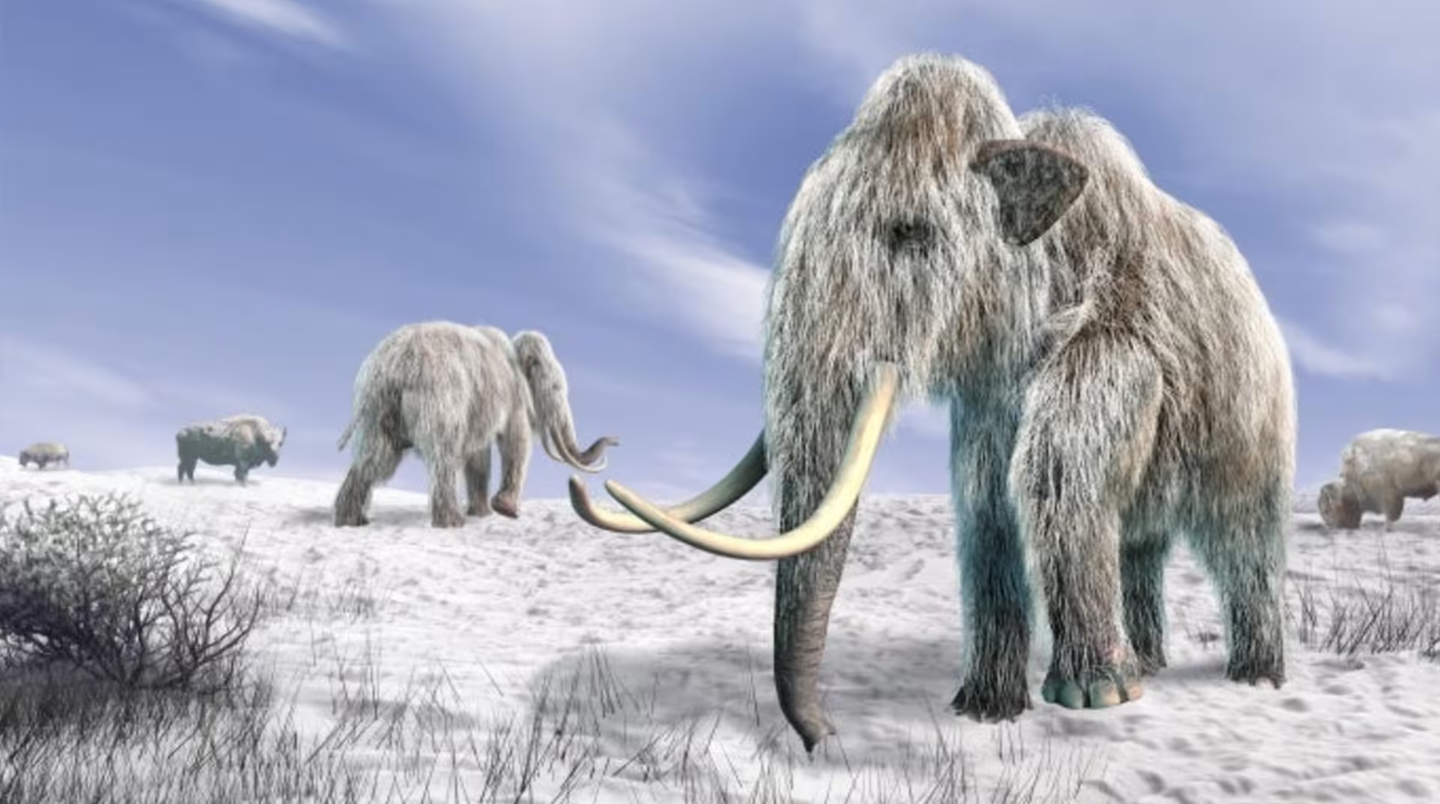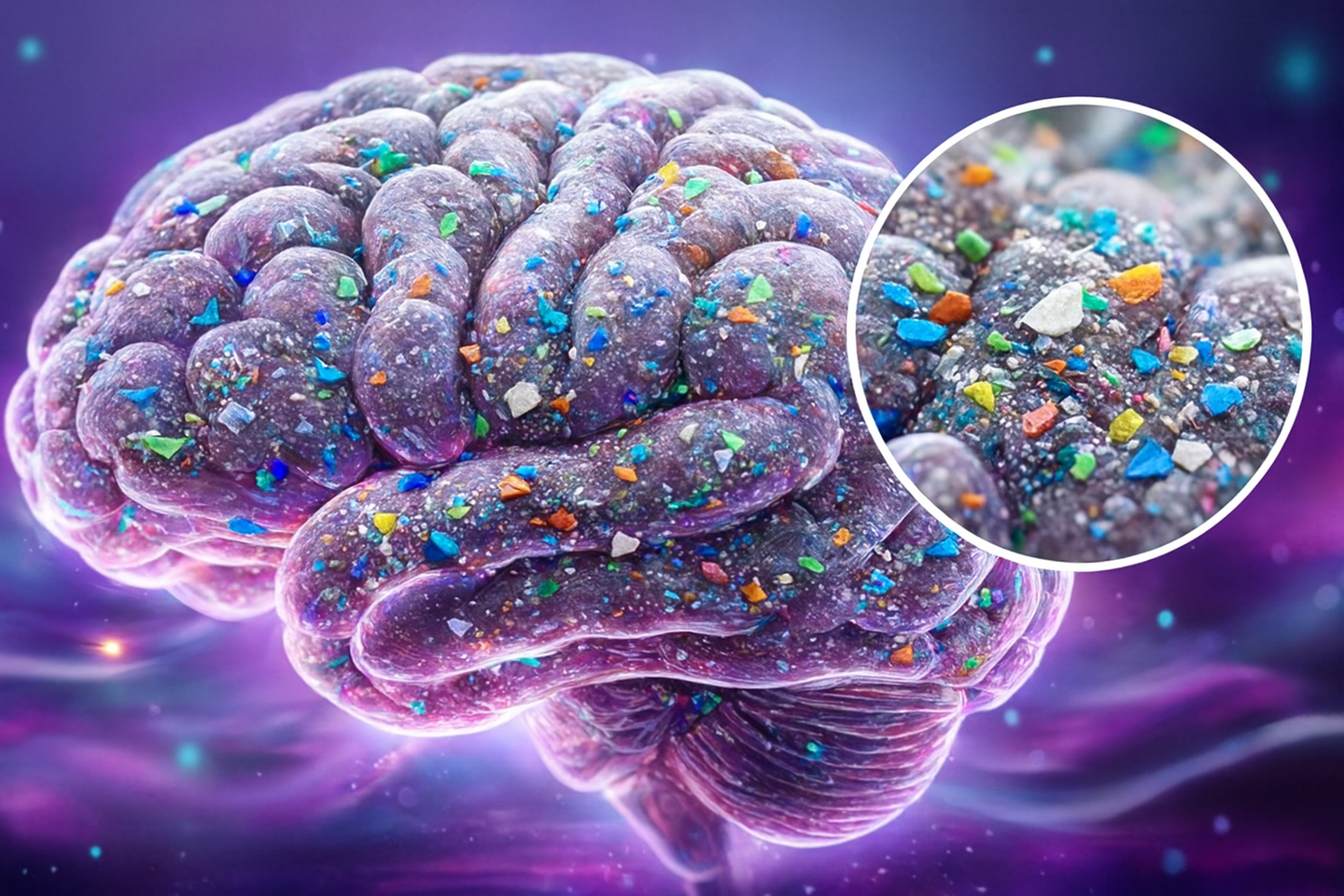New study reveals how mammals evolved to survive the ice age
New research using ancient DNA uncovers how Arctic species evolved and what it means for life under climate change.

Ancient DNA reveals how cold-adapted species evolved—and what it means for survival in today’s warming world. (CREDIT: CC BY-SA 4.0)
Across the icy edges of Earth’s northern and southern reaches, life has adapted to thrive in some of the harshest conditions. Plants with frost-resistant tissues, beetles with antifreeze-like blood, and mammals blanketed in thick fur all share a story that stretches back millions of years. Understanding how these cold-adapted organisms came to exist isn’t just about looking to the past—it’s a key to protecting vulnerable species in a warming world.
A recent study in Trends in Ecology and Evolution brings new light to the evolutionary roots of animals and plants shaped by ice, wind, and freezing temperatures. The work draws on ancient fossils, genetic material, and modern climate science to explain how life found a foothold in the cold—and what that means for its future.
The Ice Age Origins of Cold Adaptation
Scientists now believe cold-adapted animals began evolving around 2.6 million years ago, when ice sheets grew more stable at the poles. This change marked the end of the Pliocene epoch and the start of the Pleistocene, a time of repeated glacial cycles. As these ice ages rolled in and out, some animals and plants spread during the cold, only to retreat during warmer periods.
Many of today’s tundra and boreal forest species likely trace their roots to this time. Some, like the woolly mammoth and musk ox, developed thick insulating coats, strong fat reserves, and unique metabolisms that helped them survive deep freezes. Others, like the arctic fox and polar bear, may have arrived later—perhaps within the last 700,000 years—migrating north as they adapted to cooling climates.
Professor John Stewart of Bournemouth University, who led the study, says this timeline matters. “The cold-adapted species are amongst the most vulnerable animals and plants to ongoing climate change. Therefore, an understanding of how species evolved in the past is essential to help us understand the risks faced by endangered species today,” he explained.
Two Waves of Evolution
The journey of cold-adapted life unfolded in two key phases. The first took place between the Late Pliocene and Early Pleistocene, when the ancestors of cold-dwelling species first appeared. The second phase occurred during and after the Middle Pleistocene Transition, a time when cold periods grew longer and more intense.
Related Stories
Species evolved through different pathways. Some came from temperate zones and gradually adapted. Others developed directly in the cold, shaped by local conditions. A third group evolved at high elevations, where they were already somewhat prepared for life in low temperatures.
The variety of adaptations is wide. Some species grew whiter fur or feathers to blend into snowy environments. Others improved their oxygen transport or boosted fat storage. These traits reflect not only adaptations to cold but also to seasonal darkness, sparse food, and dry air—common features of frozen ecosystems.
Fossils, Genes, and the Rise of the Steppe Tundra
The fossil record shows that polar plants and beetles may have remained more physically stable over time than larger animals. But that doesn’t mean they didn’t change. This idea of evolutionary "stasis" could be misleading. Palaeogenetics—analyzing ancient DNA from preserved remains—offers a clearer look at how these organisms adapted, even when their bodies changed very little.
Until recently, only living species were available for such study. But now, DNA from animals frozen in permafrost or preserved in sediment is unlocking hidden chapters of evolutionary history.
This genetic evidence also helps explain the formation of now-extinct ecosystems like the Steppe Tundra, sometimes called the mammoth steppe. This massive biome spanned Europe, northern Asia, and North America during the glacial periods. It combined cold tundra with dry grasslands and was home to giant species like woolly rhinos and sabertooth cats.
Interestingly, some of these species may have evolved far from the poles. The woolly rhino, for example, may have first adapted to cold in the high grasslands of the Tibetan Plateau before moving north. This shows that cold evolution wasn’t always about life creeping toward the ice—it sometimes started in the mountains or continental interiors.
Different Clocks for Different Creatures
One striking finding in the study is how different groups evolved at different speeds. Plants and beetles seem to have changed more slowly than vertebrates. This could reflect a kind of conservatism in body shape, even as their genes changed in response to the environment.
The researchers compared fossils and DNA from various vertebrates—mammals like reindeer, lemmings, and arctic foxes, and even a bird genus. They then looked at similar records for plants and beetles. The result? A more complex and layered picture of how modern Arctic ecosystems came to be.
Professor Stewart notes that this is “the first concerted effort to compare the evolution of cold-adapted animals and plants since modern methods of palaeogenetics appeared.” This cross-species approach shows that the Arctic wasn't always the tightly linked web of species it is today. Some species arrived earlier, others much later, and the full picture of how they assembled remains unfinished.
“There followed a time when the continental ice sheets expanded and contracted and around 700,000 years ago the cold periods doubled in length,” Stewart said. This change seems to have triggered a wave of new adaptations in both animals and plants.
What Ancient Evolution Tells Us About Climate Threats
This history isn’t just an academic exercise. As global temperatures rise, the habitats cold-adapted species rely on are shrinking. Some species may not be able to shift their ranges fast enough. Others may not be able to adapt again, especially those with narrow ecological niches or slow reproductive rates.
Knowing how and when species evolved their cold-hardiness can help identify which ones are at the greatest risk today. It also gives scientists better tools to predict how changing climates will reshape entire ecosystems.
By looking at ancient bones and sequencing long-dead DNA, scientists are beginning to answer big questions: When did the Arctic become the Arctic as we know it? Which animals and plants evolved first? And how did they survive not just one ice age, but dozens?
These answers could be critical for protecting what's left of the cold-adapted life on Earth—and for planning how we respond to climate change in the years ahead.
Note: The article above provided above by The Brighter Side of News.
Like these kind of feel good stories? Get The Brighter Side of News' newsletter.



